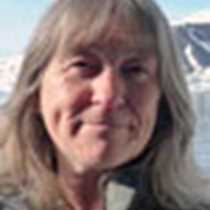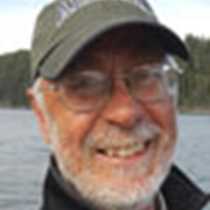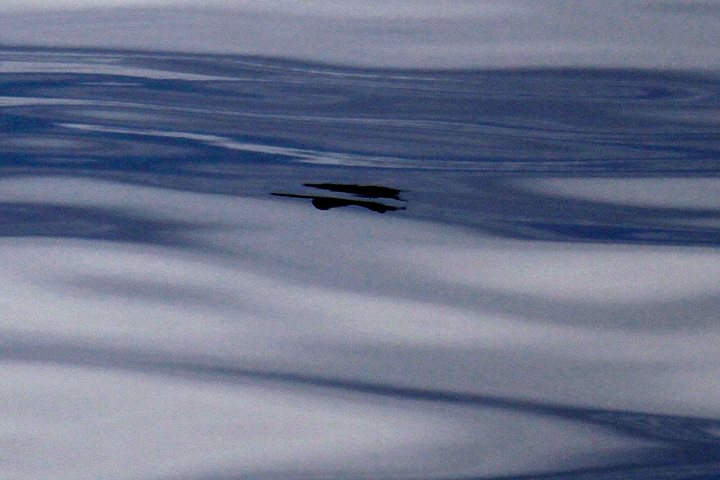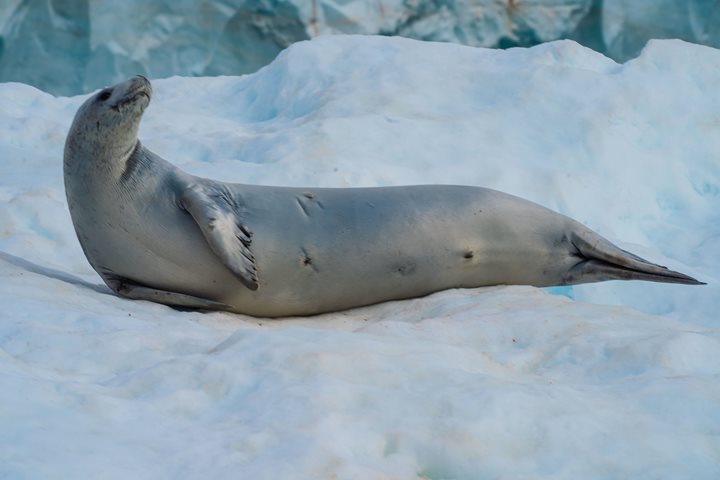What a way to open the New Year—at the entrance to the Weddell Sea amongst visions of ice and sea and Antarctic sky, beckoning us to new adventures and new discoveries. A sleepy morning after the revelries on the sea ice the night before (a Hogmanay party like no other), but one by one we emerged from our cabins, wishing each other a Happy New Year and exchanging greetings. Overnight, the National Geographic Orion stole from her berth in the Active Sound, and negotiated her way gently south-eastwards out of the Antarctic Sound and into the Weddell Sea. Here we found ourselves dazzled by arrays of icebergs. There were stately tabular icebergs of unbelievable size, broken free from an even more massive ice shelf. Flat drifting ice floes of frozen sea-water were carried by on wind and current, along with large and small lumps of ice of every description. The morning sunlight accentuated their fantastical shapes and colours, and occasionally a snow petrel flitted across, its pure white wings bright against the sky.
The wildlife also caused ripples of excitement, cameras clicking on the front bow, as the ship edged up to an ice floe where crabeater seals and a Weddell seal lay resting. The Weddell seal is the larger of the two, capable of diving up to 750 metres in search of Antarctic cod, while the often red-stained mouths of the crabeaters indicate their preference for a diet of krill.
Tabular icebergs never fail to take the breath away, but soon the Captain found one more spectacular than most. More than 40 metres high and towering above the ship, a chasm had opened in its great wall, revealing inside majestic crags shimmering with an unearthly blue interior light. We all gathered spellbound on the bow and decks to witness this remarkable sight.
After lunch we had a rare opportunity to land on Paulet Island. This remote place receives few visitors, but is of great historical importance as it was here on 28th February 1903 that the 20-man crew of the Antarctic under Captain Carl Anton Larsen were marooned, having made a heroic 16-day journey across the sea ice and open leads of the Weddell Sea following the crushing of their ship. Undaunted, they constructed a hut of basalt slabs bedded in penguin guano, and stock-piled penguins and seal meat to supplement their meagre salvaged provisions. Some of us hiked along the raised-beach shore to the grave of one of their number, Ole Wennersgaard, who had succumbed to a weak heart during that winter of unimaginable deprivation. We could not help but marvel at the resourcefulness of those men who had survived more than eight months before rescue by the Argentine ship, the Uruguay. Today, thousands of Adelie penguins nest in dense colonies across the island, while the blue-eyed shags build their tall chimney-pot nests on steeper slopes. It is not known for certain whether the snow petrels and Wilson’s storm petrels also breed here, but their presence adds a further touch of aerial magic.





.jpg?width=106&height=85&mode=crop&scale=both&quality=50)



